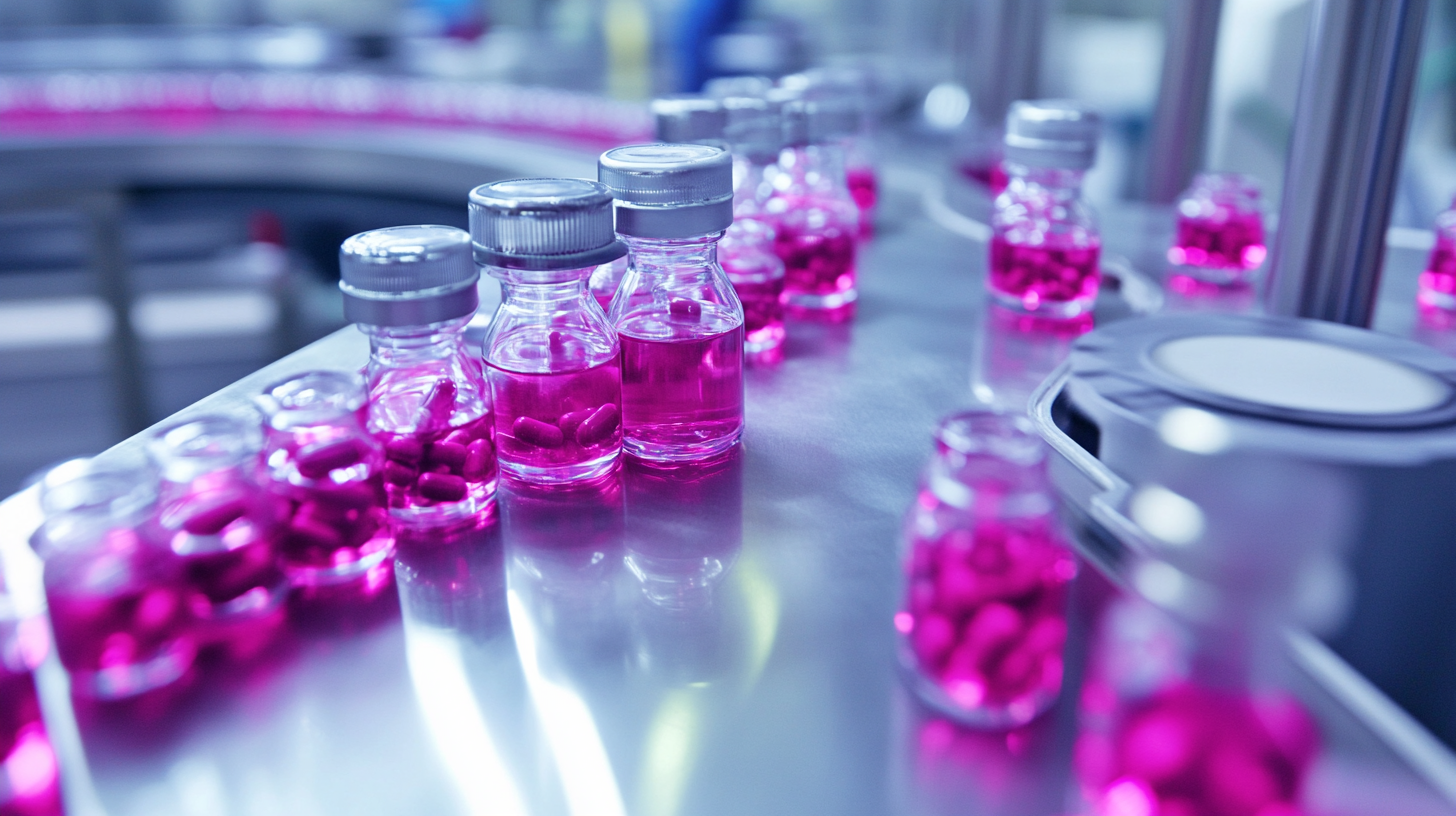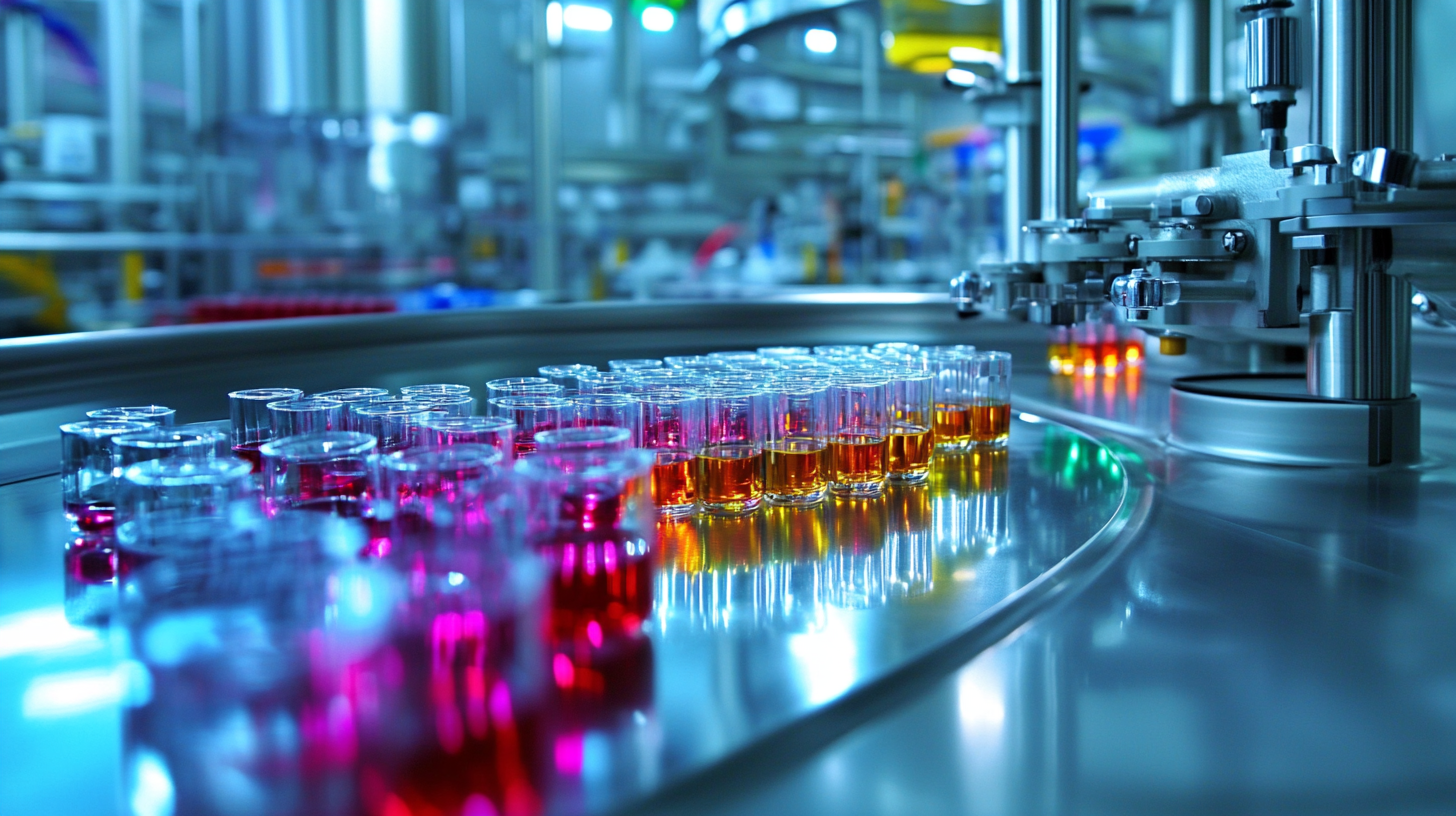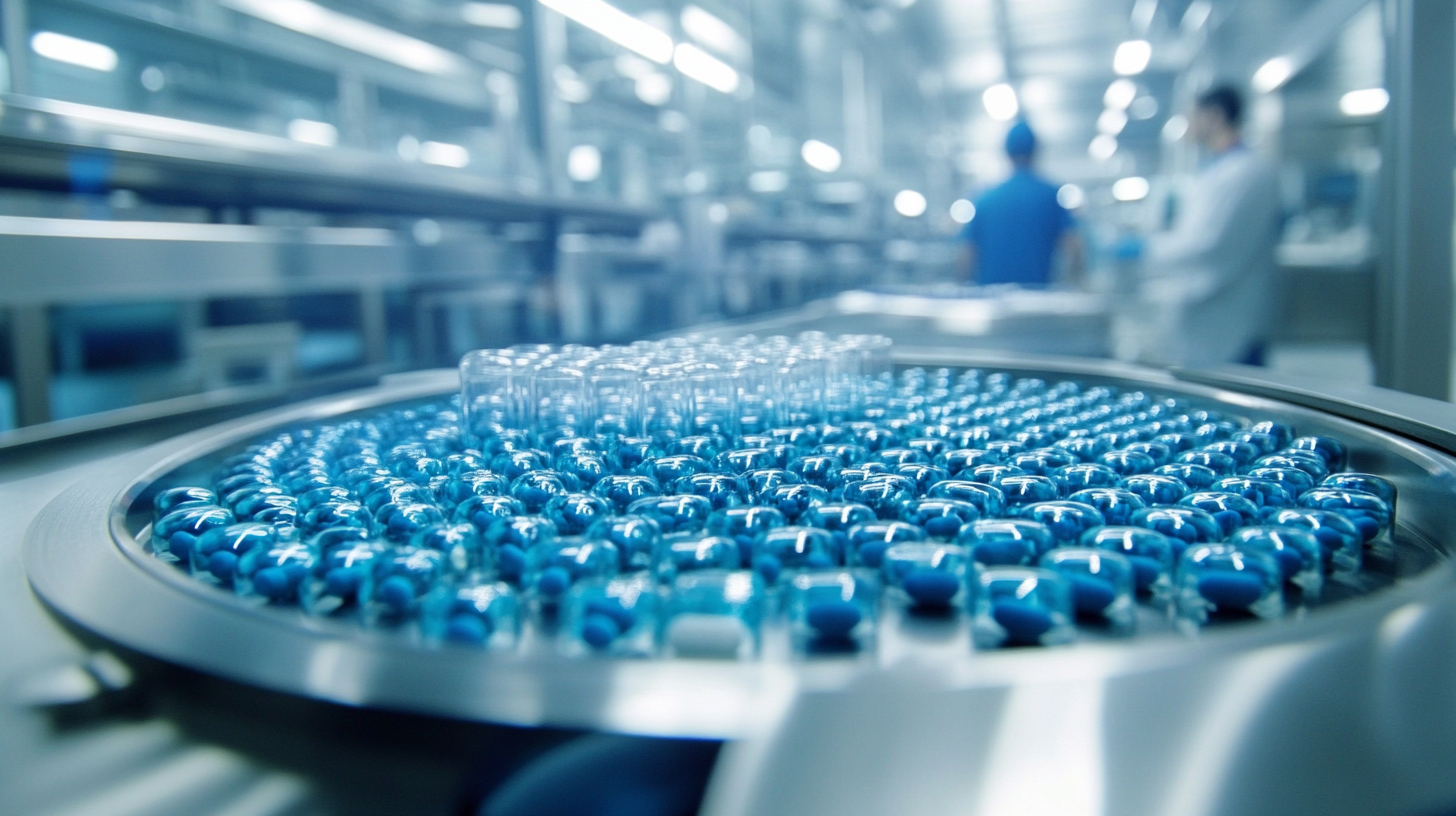In the ever-evolving landscape of pharmaceutical production, the Drug Manufacturing Process plays a pivotal role in ensuring the safety, efficacy, and quality of medications. As industries strive to optimize their manufacturing capabilities, understanding the diverse product features and their compatibility with established processes becomes essential. This blog delves into the critical aspects of industry import and export certifications, exploring how these regulations impact the manufacturing procedures and the overall success of drug products in a global marketplace. Additionally, we will discuss various "how to" strategies that manufacturers can adopt to enhance their operational efficiency, streamline compliance, and ultimately deliver better outcomes for patients. By examining these multifaceted dimensions, we aim to provide valuable insights into the best practices that define successful drug manufacturing in today’s complex environment.

In the intricate landscape of drug manufacturing, understanding the importance of product features is paramount. These features not only influence the effectiveness and safety of pharmaceutical products but also dictate compliance with rigorous industry standards. By prioritizing specific characteristics such as solubility, stability, and bioavailability, manufacturers can enhance the therapeutic potential of their drugs. Recognizing how these features interact within the broader context of production processes helps streamline operations and reduce the risk of costly errors.
**Tip 1:** Ensure thorough research on the physicochemical properties of raw materials. This foundational step can significantly affect the final product's quality and efficacy.
Additionally, the suitability of various product features can enhance patient adherence and overall satisfaction. For example, drug formulations that consider the ease of administration and user-friendly packaging can lead to better treatment outcomes. By integrating consumer perspectives into the design process, manufacturers can improve their product lines and foster loyalty among healthcare providers and patients alike.
**Tip 2:** Engage with end-users during the development phase to gather insights on their preferences regarding administration methods and packaging, which can guide the selection of product features.
In the pharmaceutical industry, the compatibility of various drug formulations during production is paramount to ensuring quality and efficacy.
Different drug formulations can present unique challenges, whether due to chemical interactions, physical properties, or production methods.
For example, the solubility of active pharmaceutical ingredients (APIs) can influence not only the formulation's stability but also its bioavailability.
Consequently, manufacturers must rigorously evaluate the compatibility of each formulation with the selected excipients to prevent undesirable reactions that could compromise the integrity of the final product.
Furthermore, the scalability of a drug formulation from laboratory to large-scale manufacturing requires cautious consideration of compatibility across the manufacturing processes.
Techniques such as High-Performance Liquid Chromatography (HPLC) and Differential Scanning Calorimetry (DSC) play key roles in assessing formulation compatibility, helping to identify potential issues early in the process.
Manufacturers are increasingly recognizing that thorough compatibility evaluations are essential for optimizing formulation performance, ensuring regulatory compliance, and ultimately delivering safe and effective medications to patients.
By focusing on the compatibility of diverse formulations during production, the pharmaceutical industry can better respond to the ever-changing demands of healthcare.
The pharmaceutical industry is undergoing a significant transformation, primarily driven by the integration of cutting-edge technologies in drug manufacturing processes. Recent studies indicate that the adoption of automated systems in production has increased efficiency by up to 30%, reducing both time-to-market and operational costs. Technologies such as continuous manufacturing and Process Analytical Technology (PAT) are revolutionizing how drugs are produced, ensuring higher quality and consistency in outputs. For instance, a report by IQVIA highlights that continuous manufacturing could potentially result in a 20% reduction in production costs by 2025.
Moreover, the implementation of advanced biopharmaceutical manufacturing technologies is reshaping how complex drugs, such as biologics, are developed. According to the Biopharmaceutical Manufacturing Report, the global market for biopharmaceuticals is expected to reach $500 billion by 2026, driven by these innovative processes. These technologies not only enhance productivity but also enable more flexible and responsive manufacturing systems that can adapt to market demands swiftly. With the industry poised for rapid advancement, investing in such next-gen technologies will be crucial for manufacturers aiming for sustainable growth and competitive advantage.
Integrating diverse features in pharmaceutical production is essential for enhancing efficiency and ensuring product quality. One best practice involves adopting modular manufacturing systems, which allow for the customization of production lines based on specific drug requirements. This flexibility can lead to better resource allocation and reduced downtime, ultimately streamlining processes and improving overall output. By leveraging cutting-edge technologies such as IoT and AI, manufacturers can create adaptive environments that respond swiftly to changing demands, enhancing the adaptability of their operations.
Moreover, fostering collaboration among cross-functional teams can significantly improve the integration of diverse features in drug manufacturing. By bringing together experts from research and development, quality assurance, and production, companies can ensure that all aspects of a product's lifecycle are considered and optimized. Regular training and knowledge-sharing sessions can help strengthen this collaborative approach, allowing teams to identify potential bottlenecks and devise innovative solutions. This synergy not only enhances product consistency but also accelerates time-to-market for new pharmaceuticals, ultimately benefiting the entire supply chain.

The pharmaceutical industry is witnessing a transformative period marked by rapid innovations in drug manufacturing processes. Future trends highlight the integration of advanced technologies, including artificial intelligence (AI), machine learning, and continuous manufacturing, which are reshaping how drugs are produced. According to a recent report by Grand View Research, the global continuous manufacturing market for pharmaceutical products is projected to reach $2.5 billion by 2027, demonstrating a significant shift towards more efficient production methods that enhance product quality and reduce costs.
As we explore these innovations, it’s essential for manufacturers to adopt best practices that ensure compliance and efficiency. For instance, implementing real-time data analytics in production lines can dramatically improve quality control. A study by McKinsey estimates that embracing such technologies can reduce manufacturing costs by 15-20%, allowing companies to remain competitive in an increasingly challenging market.
Tips for adapting to these future trends include investing in training personnel on new technologies and fostering a culture of innovation within the organization. Regularly reviewing and optimizing manufacturing processes can also lead to substantial gains in efficiency. Embracing these advancements not only helps companies stay ahead but also fosters a more robust pharmaceutical sector capable of meeting future healthcare demands.

